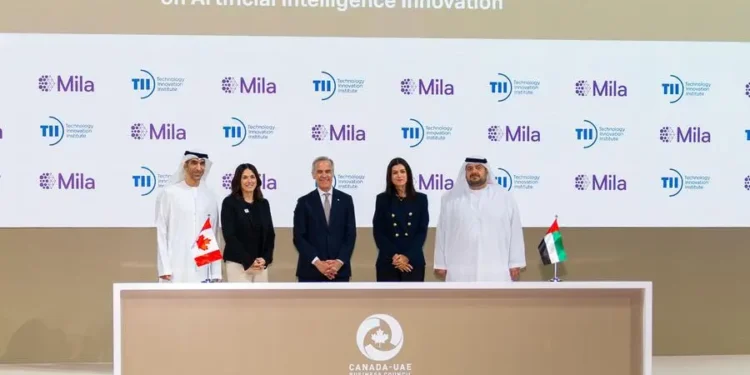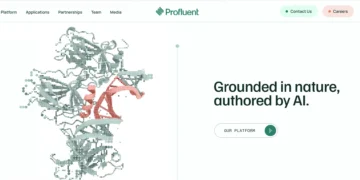A new AI research bridge
The Technology Innovation Institute, the applied research arm of Abu Dhabi’s Advanced Technology Research Council, has formed a strategic partnership with Mila, the Quebec Artificial Intelligence Institute. Both organisations will establish a joint corporate research lab in Montréal. TII researchers will work full time with Mila’s community of more than 1,500 AI specialists.
The partnership focuses on accelerating global artificial intelligence research. It links TII’s investment capacity with Mila’s academic ecosystem and aims to create a shared space for advanced work in AI.
Why this partnership matters
The technology angle is clear. This is not a simple cooperation agreement. The new lab will support foundational AI research, including large language models, robotics, quantum technologies and AI safety. It brings applied research and global deployment into the same environment.
TII said the partnership connects the institute to one of the most active AI communities in the world. Mila described the collaboration as a shared commitment to pushing the frontiers of AI while applying research to real-world areas such as LLMs, sustainable energy, robotics and quantum systems.
This agreement creates a different model for cross-border AI research. It blends national investment from the UAE with Canadian research depth. It also adds diversity to the global AI landscape at a time when most activity is concentrated in the United States and China. As a result, both regions gain wider reach, new research channels and stronger international positioning.
Who gains from this
Researchers at TII and Mila benefit first. They will have direct access to combined talent, compute and research infrastructure.
The UAE’s national AI talent pipeline, technology startups, government procurement programmes and regulatory teams gain early exposure to new research outcomes. The collaboration gives them a route to prototypes, publications and deployment-ready ideas.
Canada gains stronger links to Middle East investment and new pathways for applied research. Mila’s ecosystem becomes more visible to global partners and future AI hubs. Investors, regulators and policymakers will watch closely. This partnership may influence how future international AI labs are designed.
What comes next
TII and Mila will move quickly to operationalise the research lab. They will recruit joint researchers, set project roadmaps and define intellectual property processes. They will also align governance on safe AI principles.
As initial projects roll out, observers will track publications, prototypes and potential spin-outs. The results are expected to shape national AI strategies in both countries. The partnership also signals room for later expansion. Future work may include open-source language models and applying AI to energy systems, robotics and national infrastructure.









